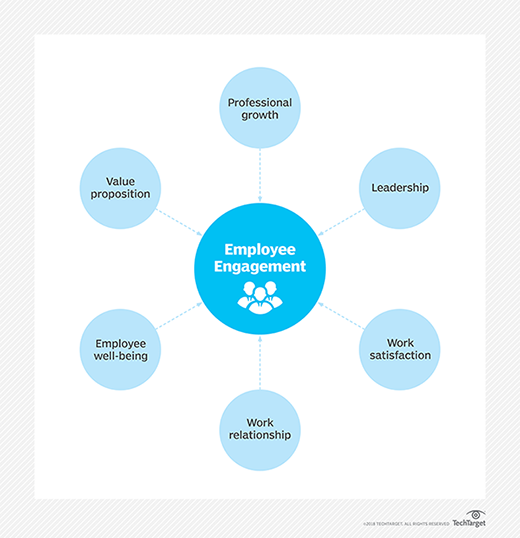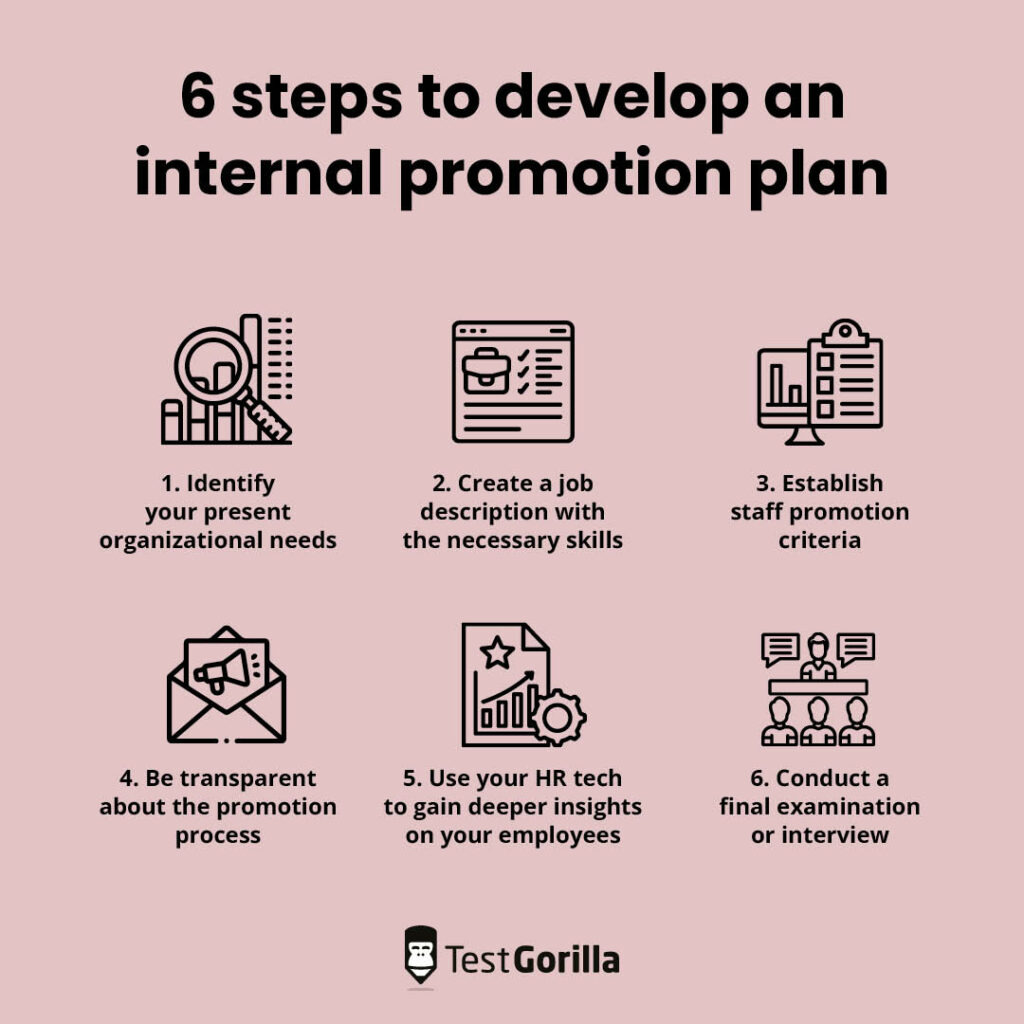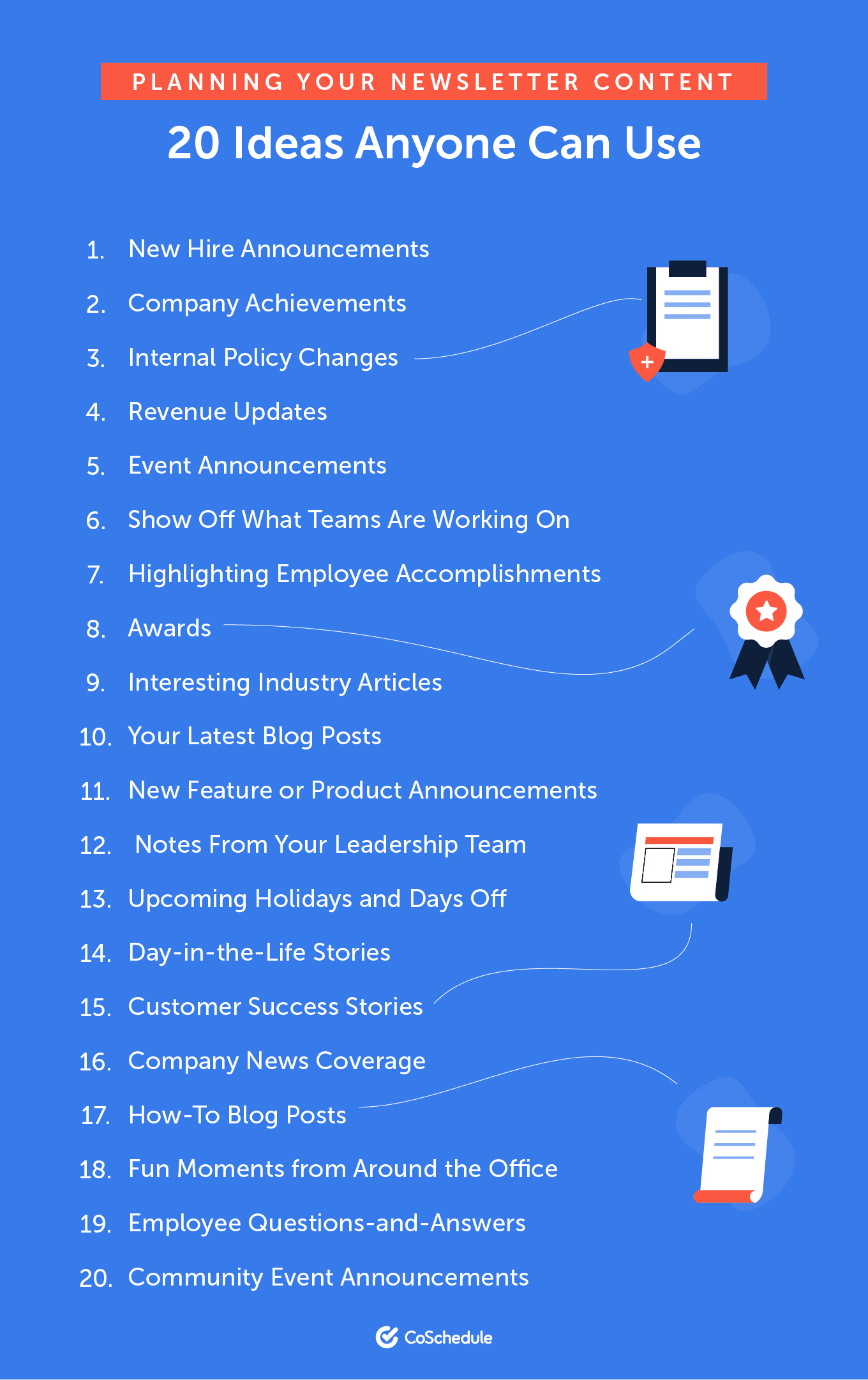Strategies for Internal Promotion: Boosting Employee Engagement and Career Growth
Internal promotions are one of the most powerful ways to enhance employee engagement, foster loyalty, and maintain a motivated workforce. Instead of hiring externally, promoting from within not only helps reduce turnover but also strengthens the organization’s culture and productivity. But how can you craft an effective internal promotion strategy that benefits both employees and the company?
In this article, we will explore the best strategies for internal promotion, offering insights into how companies can create a thriving internal promotion culture that motivates employees and drives long-term success. Whether you’re a business leader, HR professional, or aspiring manager, understanding these strategies will help you build a more engaged and loyal workforce.

Why Internal Promotions Matter
Before diving into the strategies, it’s important to understand why internal promotions should be an essential part of your business operations. According to research, employees who are promoted internally are often more productive, engaged, and committed to the company. Here’s why:
- Employee Retention: Offering career growth opportunities helps retain top talent. When employees see that hard work can lead to advancement, they are less likely to seek opportunities elsewhere.
- Cost Savings: Hiring externally can be expensive due to recruitment, training, and onboarding. Internal promotions reduce these costs and speed up the integration process.
- Increased Employee Morale: Employees who know there is room for growth within the company are more likely to stay motivated, perform better, and contribute to the company’s overall success.
Benefits of Internal Promotions
Internal promotions can create a positive feedback loop within an organization. Some of the key benefits include:
- Stronger Company Culture: Promoting employees who already understand the company’s values and culture ensures continuity and reduces the disruption that comes with external hires.
- Better Knowledge Retention: Employees who have been with the company for a while have a deep understanding of its operations, clients, and products. Promoting these individuals ensures that their expertise remains within the organization.
- Faster Adaptation: Internally promoted employees already understand the internal processes and work environment, meaning they can adapt to new roles quickly and with minimal training.
- Improved Employee Loyalty: Employees who feel that they have the chance to advance are more likely to remain loyal to the organization.
6 Key Strategies for Internal Promotion
Now that we’ve established the importance of internal promotions, let’s explore 6 actionable strategies to help you build a successful internal promotion framework.
1. Develop Clear Career Paths
One of the most effective ways to encourage internal promotions is by establishing clear career paths within the organization. Employees are more likely to stay with a company if they can see a clear trajectory for growth. Here’s how to implement this strategy:
- Identify Key Roles: Identify the key positions in your organization that are critical for growth and success.
- Create Growth Ladders: For each role, define a clear set of criteria, milestones, and development opportunities.
- Provide Development Plans: Offer employees individual development plans that outline the skills and experience required for their next promotion.
2. Invest in Employee Development Programs
Investing in employee development is an essential strategy for internal promotion. Employees need the necessary tools and support to grow within your organization. Here’s how to do it:
- Offer Training Programs: Ensure that employees have access to both technical and soft skills training programs. These should be aligned with the organization’s goals and employee career paths.
- Mentorship Opportunities: Pair employees with mentors to help them navigate their career development. A mentorship program can provide employees with guidance, feedback, and advice that will help them succeed in their current and future roles.
- Skill Development Workshops: Organize workshops and seminars to help employees gain new skills that will be valuable for advancing in their careers.

3. Create a Transparent Promotion Process
Transparency is key to creating an internal promotion strategy that is fair and effective. When employees understand what is required for promotion, they are more likely to put in the effort to meet those requirements. Consider the following:
- Clear Criteria: Define what employees need to achieve to earn a promotion. Whether it’s hitting certain performance metrics or gaining new skills, make sure the path to promotion is clear.
- Open Communication: Maintain open lines of communication with employees about available opportunities, the criteria for promotions, and the process involved.
- Timely Feedback: Regularly provide employees with feedback regarding their performance and development, which will give them the tools they need to improve and advance.
4. Encourage Internal Mobility
Internal mobility is the concept of allowing employees to move between different roles or departments within the organization. Encouraging internal mobility has numerous benefits for both employees and employers:
- Increased Job Satisfaction: By offering employees the chance to explore new roles within the company, you keep their work life exciting and dynamic.
- Cross-Functional Expertise: Encouraging employees to work in different departments or roles helps them gain cross-functional skills and a broader understanding of the company.
- Attracting Internal Candidates: When employees are comfortable moving between roles, it helps the company fill vacancies quickly by tapping into an already trained and familiar workforce.
5. Recognize and Reward Performance
Employees who are consistently high-performing are the most likely candidates for promotion. Recognition and rewards are powerful motivators that drive performance and loyalty.
- Incentives for Excellence: Implement recognition programs to celebrate employee achievements. Whether it’s a simple “Employee of the Month” program or larger bonuses, recognition helps employees feel valued.
- Promote Top Talent: Ensure that high-performing employees are regularly evaluated for promotion opportunities. This shows them that their hard work is appreciated and will lead to career advancement.
- Celebrating Milestones: Celebrate promotions with public acknowledgment. This boosts morale and shows that hard work is valued within the organization.

6. Foster a Culture of Continuous Learning
Employees who are engaged in continuous learning are more likely to be successful in their current roles and future promotions. Cultivating this mindset in your organization can help develop a culture of growth and improvement:
- Support Further Education: Encourage employees to pursue certifications, courses, or further education in areas relevant to their roles.
- Provide Learning Tools: Invest in resources that enable employees to continue their education, such as subscriptions to LinkedIn Learning, Udemy, or Coursera.
- Promote Learning at All Levels: Ensure that all employees, from entry-level to management, have access to learning opportunities that will help them grow and develop their careers.
Best Practices for Implementing Internal Promotion Strategies
- Regular Performance Reviews: Conduct regular performance evaluations to assess an employee’s readiness for promotion. Use these reviews to provide constructive feedback and create development plans.
- Offer Flexibility: Understand that employees may need flexibility as they grow in their roles. Allow for adjustments to working hours or responsibilities to help them succeed in their new position.
- Communicate Clearly: Make sure all employees understand the promotion process, expectations, and opportunities. Encourage questions and provide detailed answers.
Common Challenges in Internal Promotions
While promoting from within is a valuable strategy, it’s not without its challenges. Some of the most common obstacles include:
- Limited Talent Pool: In some organizations, the talent pool may be too small to promote from within. This can be resolved by investing in development and training programs to build the skills needed for future roles.
- Bias and Favoritism: Without clear processes and criteria, internal promotions can appear biased or unfair. This can be avoided by ensuring transparency and a structured approach to promotions.
- Employee Burnout: Promoting employees without providing proper support can lead to burnout. It’s essential to offer training and development to ensure employees are ready for their new roles.
FAQs on Internal Promotions
1. How do I know when an employee is ready for promotion?
Evaluating employee performance through regular feedback, objective metrics, and achievement of goals will help you determine if they are ready for promotion. Consider performance reviews and the employee’s ability to handle additional responsibilities.
2. What are some signs that an employee is ready for a new role?
An employee may be ready for a promotion if they consistently exceed performance targets, demonstrate leadership qualities, and show interest in expanding their skill set. Additionally, if they express a desire to take on new challenges, it may be a sign of readiness.
3. How can I ensure fairness in the promotion process?
Ensure that the promotion process is based on clear criteria, such as performance metrics, leadership skills, and qualifications. Regularly communicate expectations to employees and provide timely feedback to ensure transparency and fairness.
Conclusion
A strong internal promotion strategy can transform your organization. It leads to increased employee satisfaction, higher retention, and improved overall performance. By focusing on career development, transparency, and continuous learning, you can create a workplace that motivates employees and fosters long-term success.
So, take the steps today to implement an effective internal promotion strategy—your employees and your organization will reap the benefits in the years to come.

